I think this idea has been the most popular on the facebook site so far. Rebar used for support, and row after row of strawberries planted in guttering. The strawberries hang over the sides, allowing for easy gathering, as well as a very pretty photo. Planting strawberries like this would also make it difficult for many of the usual bugs and pests to bother the plants.
4 Comments
From Common Sense Home, twelve bread recipes for you to choose from. Sourdough, sandwich, flat breads, you name it, there is one that you will love!
"When I asked on the Common Sense Homesteading Facebook page if people were interested in bread recipes, I got a resounding, “Yes!” So I’ve rounded up some of my favorite bread recipes, plus some from my friends, to give you enough options that you should never have to buy bread again. The first section has a number of yeast bread recipes using wheat flour, the second section has bread recipes for special diets including gluten free breads, a kombucha sourdough and a bread recipe that uses soaked or sprouted whole wheat flour. Ditch all the nasty ingredients in store breads, save yourself some money and enjoy some really good bread!" I had never heard of this tool until this morning, when I came across this article from Iron Oak Farm about what a froe is, and how the folks at Iron Oak Farm make them. After reading the article, I want a froe. My strength and skill aren't really axe-worthy, so the fire wood chopping is always left to my husband. I could see this splitter being supremely useful in making shingles, and I really prefer rough cut boards for building almost anything. Check out How A Froe Is Made, by Iron Oak Farm via GRIT Magazine... BLOAT - from the Merck Veterinary Manual..."Bloat is an overdistention of the rumenoreticulum with the gases of fermentation..."
My first experience with bloat happened the very first morning that I had sheep. Actually it was the very first morning that I had A sheep, as in the first one I ever had. Nigel, our East Friesian dairy ram, was two months old when we brought him home. I knew I wanted to start my own dairy herd, and I was lucky enough to find this ram only a couple of hours away. He was our first sheep, and I suppose he is fortunate to have survived this long with that dubious distinction. After we brought him home, we put him in the barn, which was wide open and had no stalls. We installed some temporary chicken wire as Nigel's stall, and felt okay about it as we left for the evening. He was just a little baby sheep, surely he would be fine until morning. When I went out to check on the little guy the next morning, I found him lying down and severely bloated. He had smashed through the chicken wire (a bit of foreshadowing here regarding his behavior), and had gotten into the bag of sheep feed, that we of course had not locked up because we thought he was secure. The lesson we learned at this point; NEVER leave any food out, no matter how secure you think your animals are. Frantic that I had killed my very first farm animal, I called around trying to find a vet in my area that knew anything about sheep. Not an easy thing around here, where everyone keeps goats and VERY few people keep sheep. I finally found one (who would not come out), who told me to give him nothing but prairie hay for the next week, and hope for the best. That's it???!!!! ARGH. Surely there was something else I could do! Hubby ran to the farm supply store and brought back drenching equipment, tubing equipment, bloat treatments, anything and everything he could find that might help us. I, on the other hand, was furiously searching the internet for anything I could do that might help my little ram. What I found was a treatment that used things I already had on hand; baking soda and vegetable oil. I am not a vet, and I have never owned any kind of livestock, but I figured if I didn't do something my ram was going to die. They say once a sheep is down, it will never get back up. I had nothing to lose. I mixed some baking soda, water and a bit of vegetable oil, and loaded the oral syringe that hubby had brought back in the bags of possible supplies from the farm store. I ran to the barn, grabbed Nigel, and crammed the syringe into his mouth. He didn't like it of course, but I was able to get all of the contents down his gullet. Within an hour, he looked better. Within 24 hours, he was fine. I had cheated barnyard death, and kept my spirits up, thinking maybe I could actually keep livestock without killing them. Fast forward two years, and Nigel is STILL smashing through fencing and gates, causing me endless amounts of trouble. The other day I went out to feed everyone, and Nigel is lying on the ground, his belly swollen so badly I could see it from a distance. I rush over to him and he gets up. Oh. My. Lord. I have never seen anything like it. I honestly couldn't believe that his rumen hadn't burst, he was that huge. We usually feed him mostly prairie hay, with a small amount of alfalfa. The last time we bought bales of alfalfa was in July. Last week, we ran out, and our supplier has no more. It would seem that most people around here are out. As a result, we bought to bags of alfalfa cubes from the farm store, hoping to use that while we try and locate more bales. Now, with sheep you can't just start feeding them different food, it can kill them. New food must be introduced slowly. Ruminants, like sheep, goats and cattle, create gasses in their rumens as they process what they have eaten. When those gases build up too much, which can be caused by eating too much or eating new foods with no transition, it is called bloat. And it is a killer. Nigel has a fairly bossy attitude, and if he doesn't get what he wants he WILL throw a fit. In the two days between running out of alfalfa and getting bagged cubes, someone here had been giving him corn. That resulted in Nigel blowing up like a balloon from the Macy's parade. My initial thought was to try and deflate him as much as I could, but if I couldn't do it FAST, I thought I was going to have to insert a needle into his rumen to pull out some air. I was that worried. I immediately shoved a handful of plain baking soda into his face, which often they will nibble on as they need it. I got the smallest amount into his mouth. Nigel was having none of it. I ran into the house (which is a pretty big deal; I don't run if I can help it), mixed some water, vegetable oil and baking soda, and loaded the oral syringe gun. I can't handle Nigel alone, as he probably weighs two hundred pounds, and hubby was no where to be found. I couldn't wait. I tried holding one horn across the gate and using the other hand to stick the syringe into the side of his mouth, but I couldn't hold him. As a last resort, which I knew could make the situation worse but I was desperate (it was a Sunday, no vet available), I put a tiny bit of sheep pellets in a bucket and soaked them in the baking soda solution. It is at times like these, as a homesteader-in-training, when you cross your fingers, and pray. A lot. He ate it. Within thirty minutes, he looked better. Within three or four hours, he looked normal. Once again, Nigel had cheated death, and I had escaped the guilt of one of my animals dying on my watch. Strangely enough, my past two years of reacting to various crises around here has tempered my reaction. I no longer panic; I have steely determination to take care of the problem. That kind of reaction I think can only come from experience, dealing with trouble week after week, and having to solve problems on your own. The most difficult thing about transitioning to this homesteading life was accepting that it is a steep learning curve, and unfortunately the animals are the ones who pay the price while you are learning how to care for them. Reading and research are great, but nothing will take the place of experience. If you are trying to plant seeds that are super tiny, a great way to keep track of them and plant them evenly is to layer them between toilet paper. Lay one layer in the dirt, sprinkle the seeds and move them around how you want them, then put another layer on top and spray with a water bottle to dampen the whole thing. Keeps those tiny seeds in place, and the white of the toilet paper allows you to see them.
This photo gives you an idea (not my photo), and it uses several layers of toilet paper. I'll leave the number of layers to you. I'm assuming the photo is just for displaying the idea; you would want to do this outside where you are going to plant. Otherwise, it might all fall apart before you get to the garden! I have storage envy. But if you don't have someone who can build the shelves in the photo above, or if you just don't have the room, maybe converting an old t.v. cabinet into pantry storage would work for you. Carrot greens, that is. I cut back the original stems, and the greens are well on their way to becoming part of a salad...
|
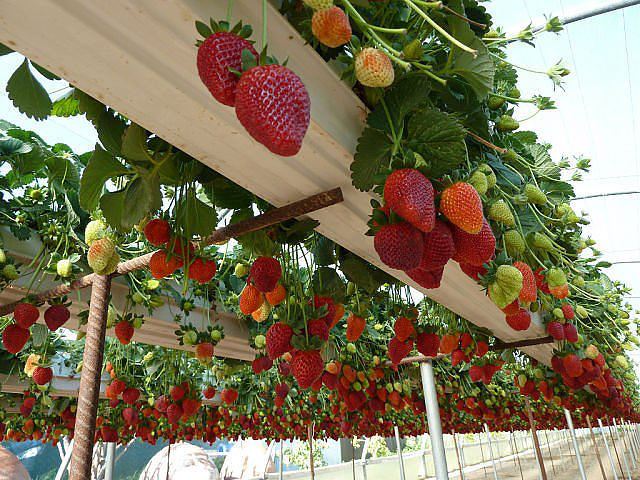
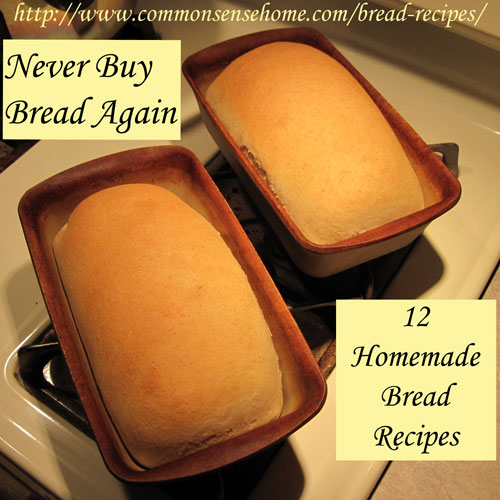
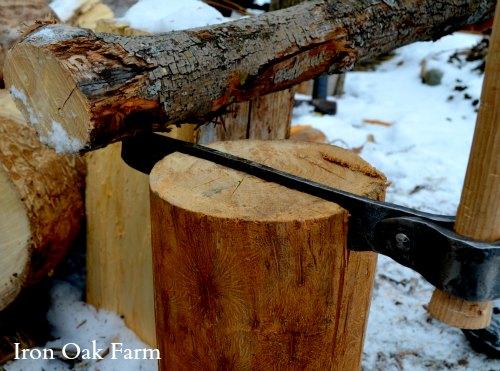

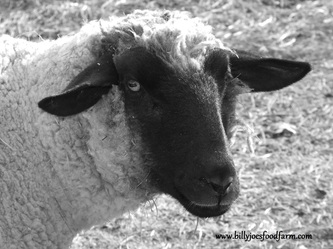
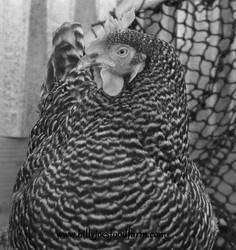
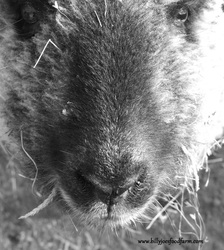

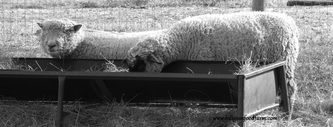
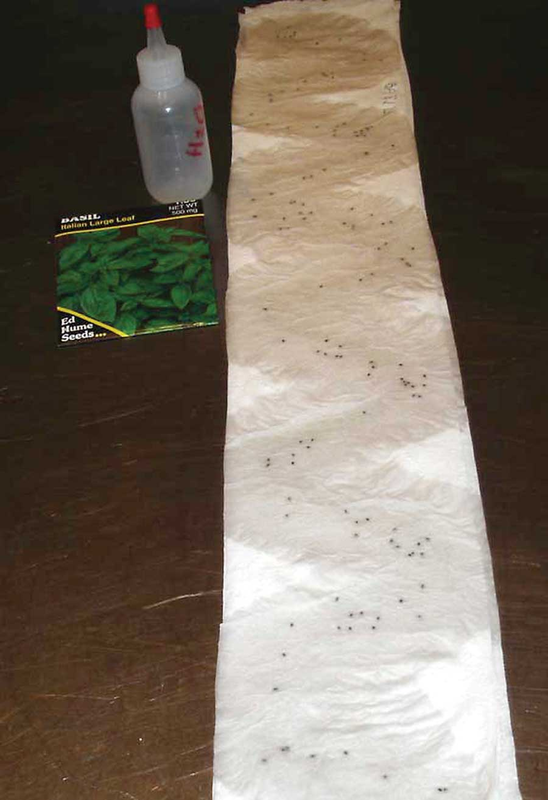
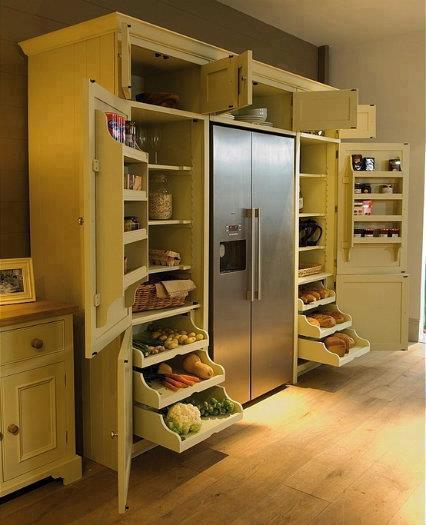
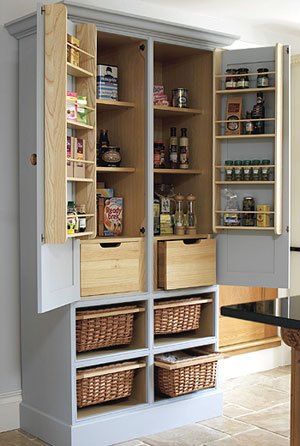
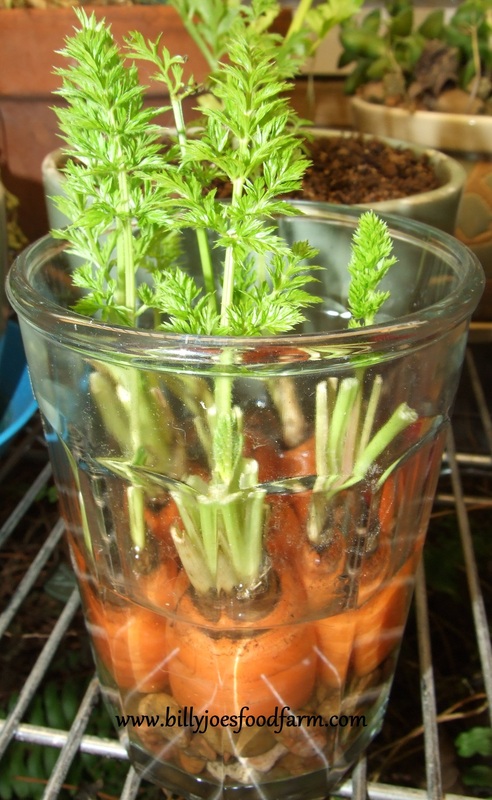
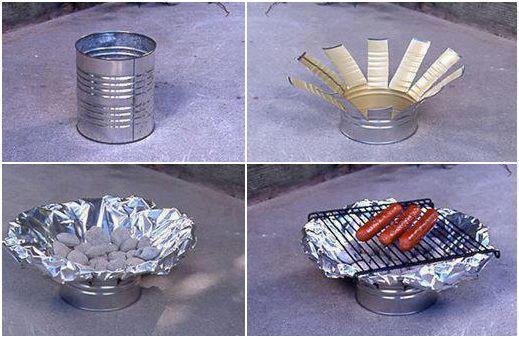

 RSS Feed
RSS Feed